It can be seen, therefore, that cosmetics are an important part of our daily life. It is estimated that the average adult uses at least 7 different skin care products each day, so it’s not surprising that reactions to these products are very common. Reactions can be seen after the first application or after years of use.
In New Zealand, like the rest of the developed world, there is a trend towards using "natural products", with the misconception that natural products are "healthier" and cause fewer reactions than artificial products. This myth is debunked when people are reminded that most allergens are "natural” proteins.
Cosmetics Legislations
Unlike drugs, cosmetics do not undergo governmental approval before marketing. The cosmetic industry is primarily self-regulated (by The Cosmetics, Toiletry, and Fragrance Association).
Cosmetics, Toiletry, and Fragrance Association (CTFA)
CTFA represents the industry’s interests at the local, state, national, and international levels, promoting voluntary industry self-regulation and reasonable governmental requirements that support the health and safety of consumers.
CTFA has approximately 600 member companies. Active members are manufacturers and distributors of finished products. Associate members are suppliers of ingredients, raw materials, packaging, and other services used in the production and marketing of finished products, as well as consumer and trade publications.
CTFA also supports the Cosmetic Ingredient Review (CIR), a program it helped establish in 1976 which assesses the safety of ingredients used in cosmetics in an unbiased, independent forum with an expert panel comprised of world-renowned physicians and scientists.
Cosmetics Regulations in New Zealand
Cosmetics in New Zealand are only self-regulated by CTFA. The CTFA in NZ was formed in 1972 by a core group of cosmetics companies who were manufacturing their products in NZ at that time. In NZ there is a reasonable code of practice through the local CTFA. The problem arises where cosmetics are brought in from Asian countries where no similar requirements are applied. Some of these products can have undisclosed allergens, including peanuts.
What is even more worrying is the fact that there are at present no regulations in New Zealand that cover cosmetic ingredient labelling. In October 1991, the Cosmetic Ingredient Labelling Regulations were introduced in Australia. These regulations define the term “cosmetic product” and require that all ingredients be listed in descending order of concentration (although no naming convention is specified nor is there a minimum print size requirement apart from it being legible). This is a major step in helping consumers become aware of exactly what they are rubbing into their skin and putting in their hair. In New Zealand it is still possible to buy cosmetics with no proper labelling, with known allergens omitted from the label or with the term "hypoallergenic" used loosely on the label.
In USA a cosmetic can be removed from the market if the US Food and Drugs Administration (FDA) demonstrate that the cosmetic may be harmful to the consumer under customary conditions of use. The federal Food, Drug, and Cosmetic Act of 1938 with its colour additive amendment of 1960 and 1962 and the Fair Packaging & Labelling Act of 1966 are the two primary federal laws that regulate the cosmetic industry. The FDA and the Federal Trade Commission enforce these laws, and two industry-sponsored groups review the safety of cosmetic ingredients.
In the European Community (EC), cosmetic products are regulated by the council directive 76/768/EEC of 1976, which has been subsequently amended and adapted numerous times. The Commission of the European Communities to examine the scientific and technical issues concerning cosmetic regulations established a scientific committee on Cosmetology in 1977.
The new Dangerous Preparations Directive (DPD, 1999/45/EC) introduces a special labelling requirement for skin sensitizers in products that are regulated under this Directive. The packaging of products containing 0.1% of a sensitizer must bear the inscription “Contains ‘name of sensitizer’. May produce an allergic reaction.” The aim is to protect individuals already sensitized by providing information, which enables them to avoid products containing ingredients, which may elicit their allergy
In Japan cosmetics are regulated by the Pharmaceutical Affairs Law, which is implemented by the Ministry of Health & Welfare.
In New Zealand Product Safety Standards are regulations made under section 29 of the Fair Trading Act 1986. The purpose of these regulations is to prevent or reduce the risk of injury to any person. At the present time cosmetics are not included under the Product safety standard. From verbal communication with Medsafe & Consumer Affairs, there is no proposal for cosmetic labelling in New Zealand at this stage.
Misleading Terms
Manufacturers of cosmetics use various terms to sell their products to allergy-prone people. In NZ there are no standards that govern the use of these terms. Some of the terms misused include:
• Hypoallergenic usually means that the manufacturer believes that this product is less likely to cause an allergic reaction than others. There is no requirement to substantiate their claim.
• Fragrance free or unscented do not guarantee that the products do not contain chemicals. They simply imply that they have no perceptible odour.
• Natural implies that the ingredients are extracted directly from plants or animal products as opposed to being produced synthetically. There are an increasing number of ‘natural’ ingredients causing allergies.
• Fragrance free or unscented do not guarantee that the products do not contain chemicals. They simply imply that they have no perceptible odour.
• Natural implies that the ingredients are extracted directly from plants or animal products as opposed to being produced synthetically. There are an increasing number of ‘natural’ ingredients causing allergies.
What can legislation achieve?
In most western countries nickel is the most common contact allergen, and it is clearly related to body piercing. In 1991 Denmark implemented a statutory order calling for the reduction in exposure to nickel in nickel-plated items in close contact to the skin.
In a retrospective analysis, a comparison was made of the number of positive reactions to nickel seen in private practice of dermatology before and after this statutory order was implemented. The sensitivity fell from 20.81% pre-1991 to 16.7% in 1999.
A nationwide outbreak of alopecia in USA associated with the use of hair relaxing formulation (Arch Dermatol.200 Sep; 136(9): 1104-8)
Between 1994 and 1995 a nationwide outbreak of hair loss with scalp injuries involving tens of thousands of women (and some men) occurred following the marketing of a chemical hair-relaxing product. Most of those affected reported substantial hair loss, with a majority indicating growth of new hair that was abnormal in quantity & quality.
An epidemic of allergic contact dermatitis due to epilating (hair removal) products in France & Belgium (Contact Dermatitis 2002 Aug; 47(2): 67-70)
Over a period of 19 months, 33 cases of acute allergic contact dermatitis from Veet epilating waxes were observed in France & Belgium.
The lesions started with the legs and spread to other parts of the body, especially face, and were sometimes so severe that hospitalization was required.
With proper cosmetic legislation (government approval before marketing & proper labelling) epidemics like those mentioned above can be prevented or quickly curtailed.
Problems associated with cosmetics and skin care products:
• Contact Urticaria & rarely contact Anaphylaxis
• Irritant Contact dermatitis
• Allergic Contact dermatitis
• Photosensitivity
• Irritant Contact dermatitis
• Allergic Contact dermatitis
• Photosensitivity
Contact Urticaria & Anaphylaxis (Contact Urticaria Syndrome)
Contact urticaria reactions appear within minutes to about 1 hour after exposure of the urticariant (allergen) to the skin. The patient may complain of a local burning sensation, tingling, or itching. Swelling and redness may be seen (wheal and flare).
In some cases, this exposure may include the application of cosmetic products, especially to the face (cosmetic intolerance syndrome).
Cosmetic Intolerance Syndrome
This is a particularly difficult group of patients who complain of severe facial burning & discomfort with or without any obvious facial inflammation (redness, swelling etc). These individuals are no longer able to tolerate the use of any cosmetics. The cause of this entity is multifactorial, and includes:
• Irritant & Allergic contact dermatitis
• Contact Urticaria
• Photoallergic contact dermatitis
• Atopic Dermatitis
• Seborrhoeic dermatitis
• Rosacea
• Significant psychological disorder
• Contact Urticaria
• Photoallergic contact dermatitis
• Atopic Dermatitis
• Seborrhoeic dermatitis
• Rosacea
• Significant psychological disorder
Contact urticaria is caused by a number of cosmetic ingredients including fragrances, preservatives, and particularly ammonium persulfate in hair bleaches.









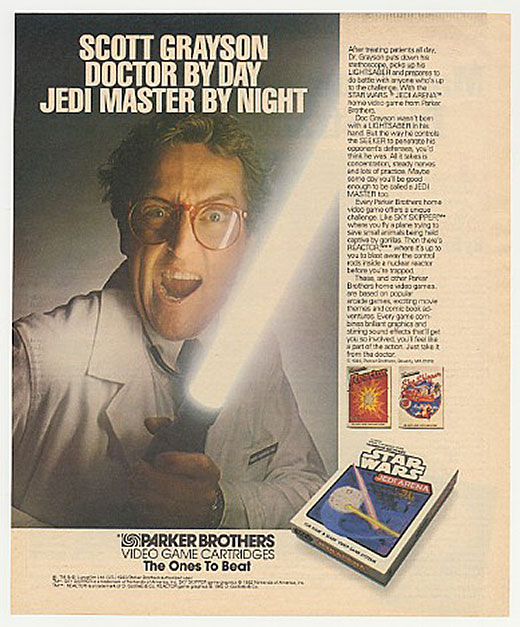

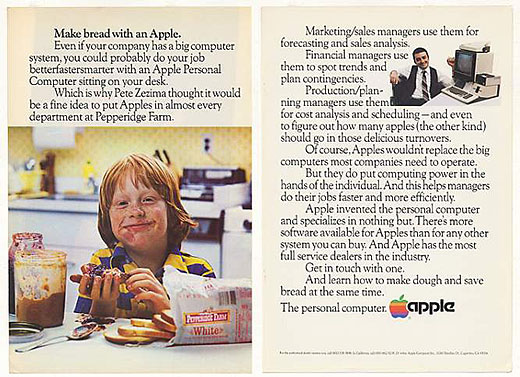
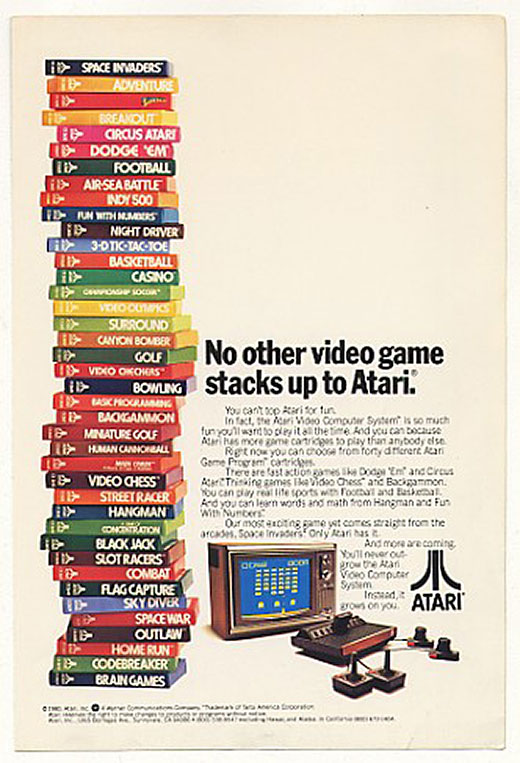
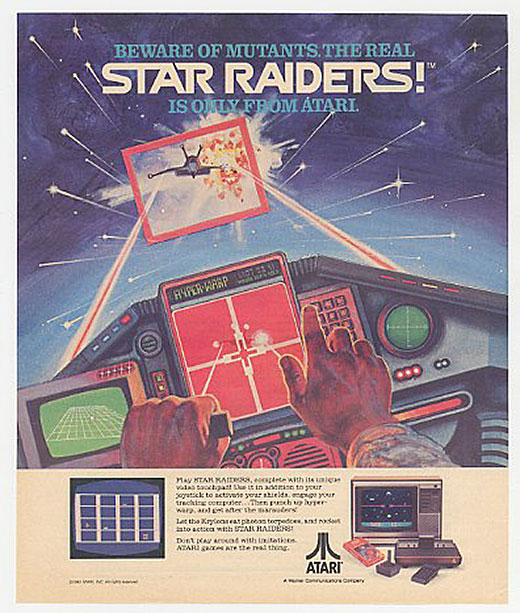
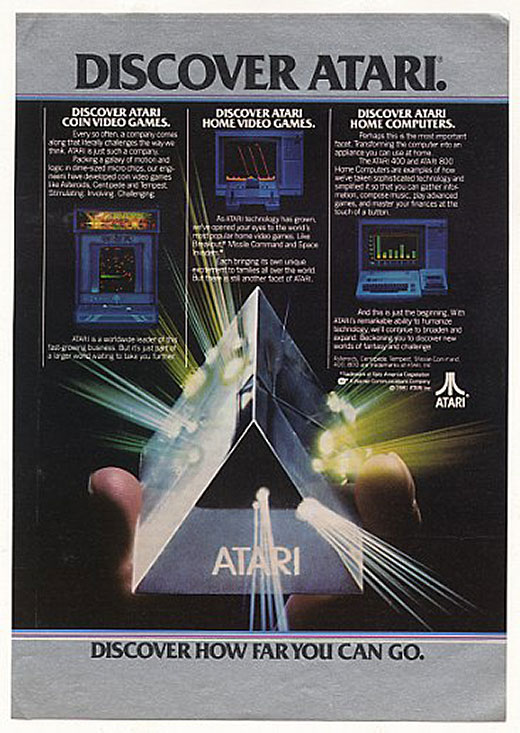
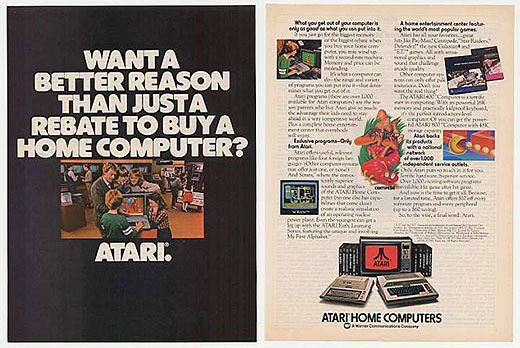
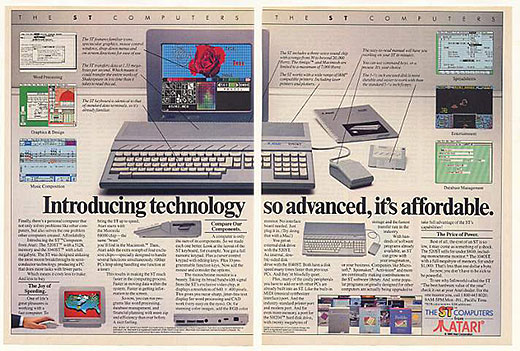
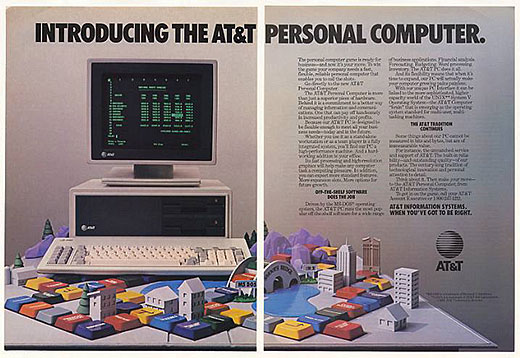
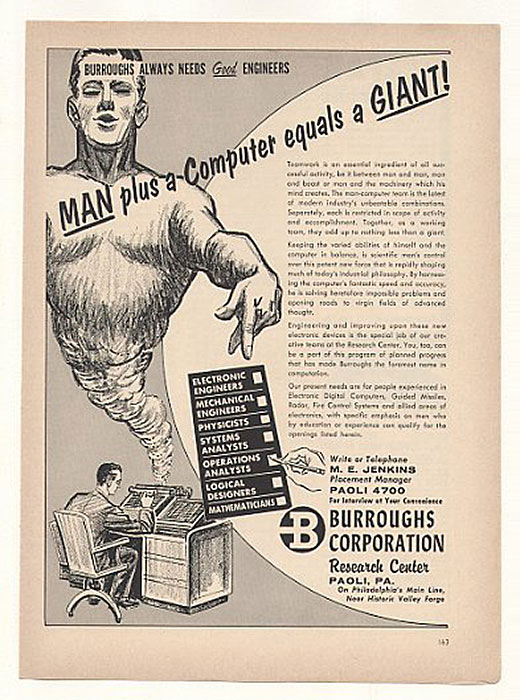
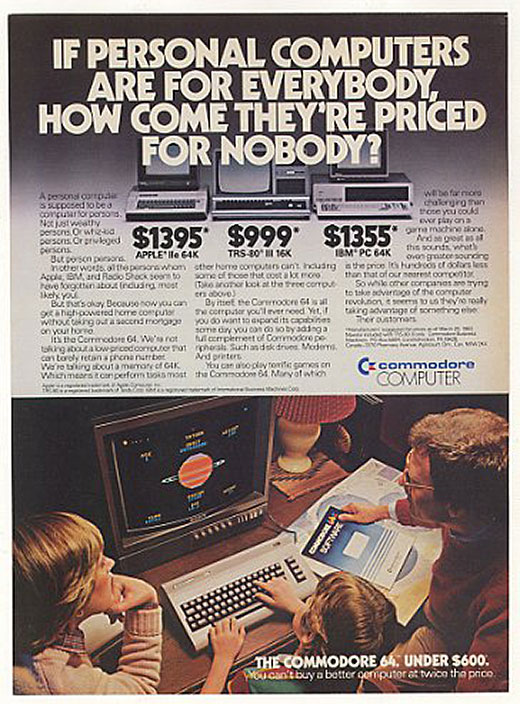
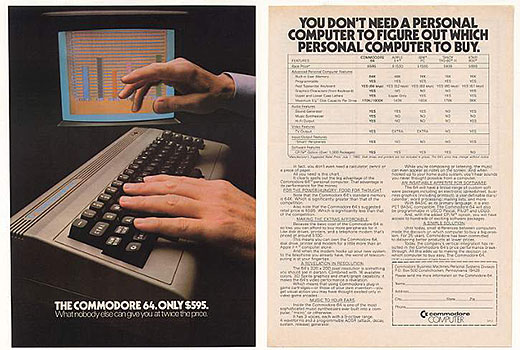
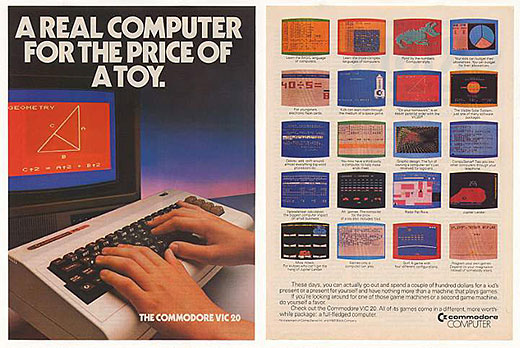
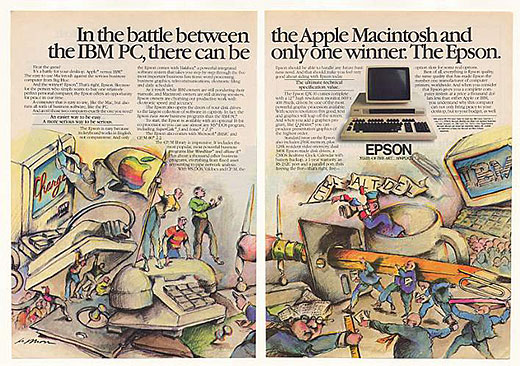
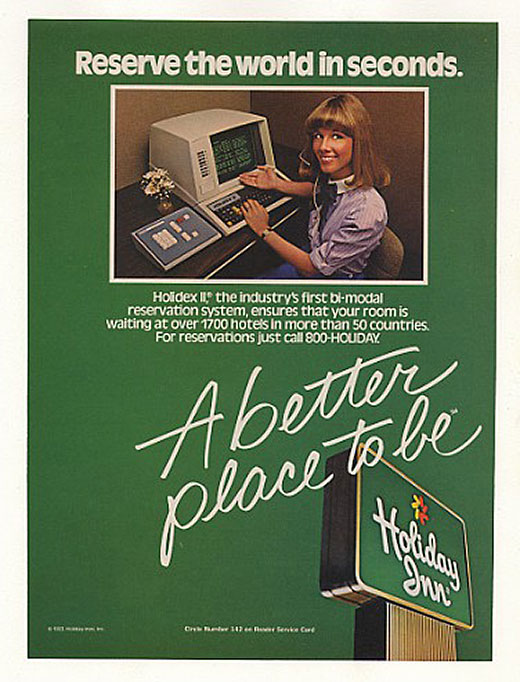
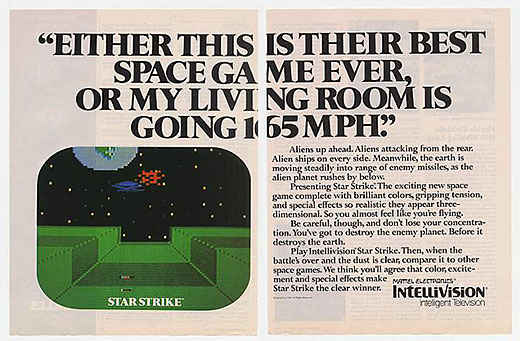
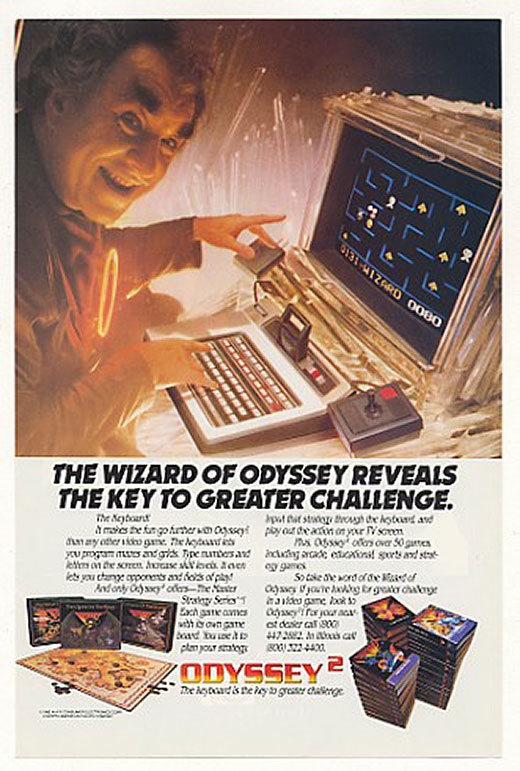

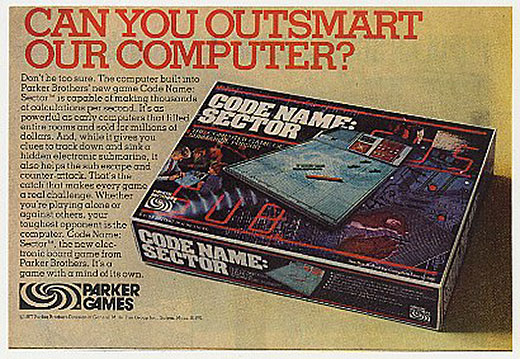

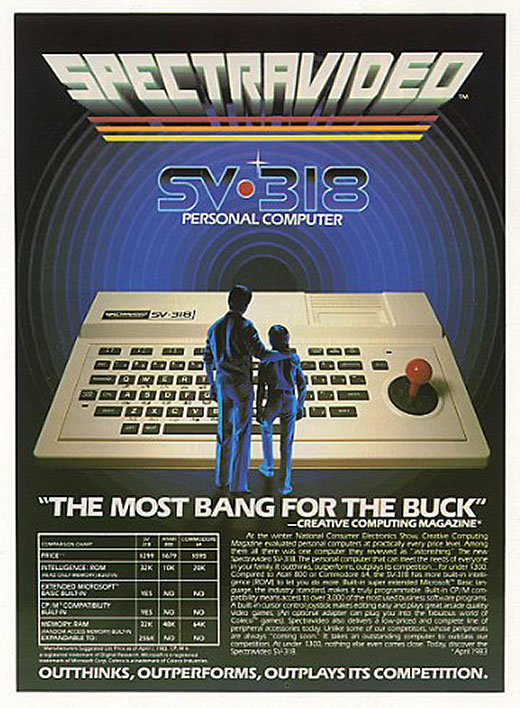
 Since my days as a member of
Since my days as a member of